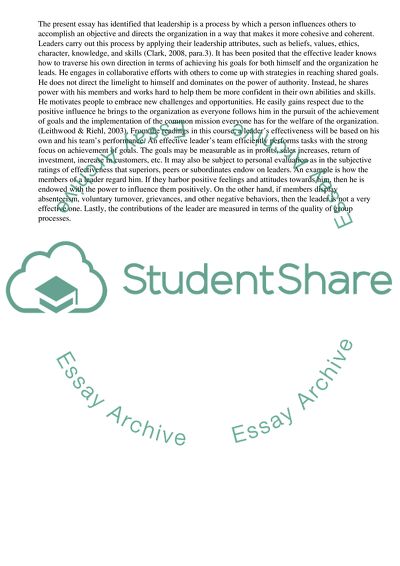Cite this document
(An Effective Leader Essay Example | Topics and Well Written Essays - 2500 words, n.d.)
An Effective Leader Essay Example | Topics and Well Written Essays - 2500 words. Retrieved from https://studentshare.org/business/1751061-business-psychology-what-is-an-effective-leader-to-what-extent-has-leadership-theory-and-research-helped-in-answering-this-question
An Effective Leader Essay Example | Topics and Well Written Essays - 2500 words. Retrieved from https://studentshare.org/business/1751061-business-psychology-what-is-an-effective-leader-to-what-extent-has-leadership-theory-and-research-helped-in-answering-this-question
(An Effective Leader Essay Example | Topics and Well Written Essays - 2500 Words)
An Effective Leader Essay Example | Topics and Well Written Essays - 2500 Words. https://studentshare.org/business/1751061-business-psychology-what-is-an-effective-leader-to-what-extent-has-leadership-theory-and-research-helped-in-answering-this-question.
An Effective Leader Essay Example | Topics and Well Written Essays - 2500 Words. https://studentshare.org/business/1751061-business-psychology-what-is-an-effective-leader-to-what-extent-has-leadership-theory-and-research-helped-in-answering-this-question.
“An Effective Leader Essay Example | Topics and Well Written Essays - 2500 Words”, n.d. https://studentshare.org/business/1751061-business-psychology-what-is-an-effective-leader-to-what-extent-has-leadership-theory-and-research-helped-in-answering-this-question.


